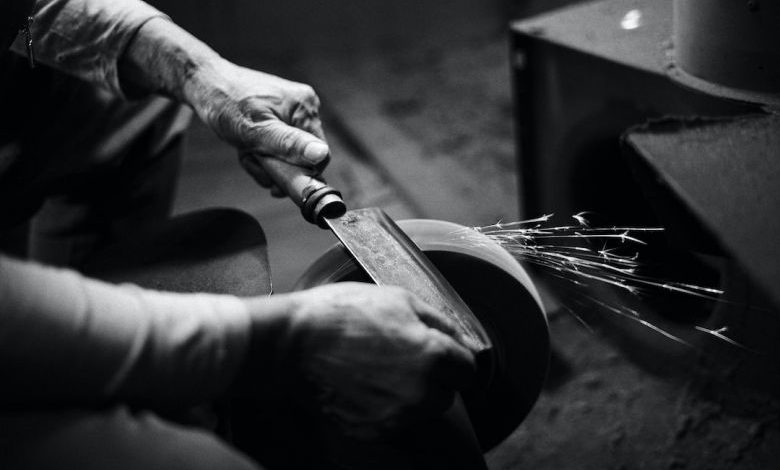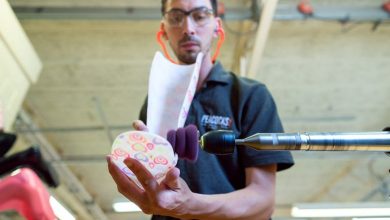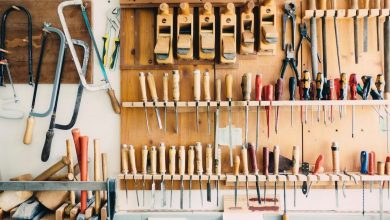Tool Maintenance: How to Extend the Life of Your Tools

Tools are an essential part of any handyman’s arsenal. Whether you’re a professional or a DIY enthusiast, it’s important to take care of your tools to ensure they last for years to come. Proper maintenance not only extends the life of your tools but also ensures they perform at their best. In this article, we will discuss some simple yet effective ways to maintain your tools and keep them in top-notch condition.
1. Clean after use
One of the easiest and most important steps in tool maintenance is cleaning them after each use. Dust, dirt, and debris can build up on your tools over time, leading to corrosion and reduced performance. Use a brush or a cloth to remove any loose particles and wipe them down with a mild detergent if necessary. Make sure to dry them thoroughly before storing to prevent rust.
2. Oil and lubricate
Regularly oiling and lubricating your tools is crucial for their smooth operation. Apply a few drops of oil to moving parts such as hinges, gears, and joints. This helps reduce friction and prevents wear and tear. For cutting tools like saws and shears, use a lubricant specifically designed for cutting applications. Remember to wipe off any excess oil before using the tool to avoid slippage.
3. Sharpen and maintain cutting edges
Dull cutting edges can make your tools less effective and even dangerous to use. Keep your cutting tools sharp by regularly sharpening them with a sharpening stone or a file. Follow the manufacturer’s instructions for the correct angle and technique. Additionally, inspect the cutting edges for any nicks or chips and file them down if needed. Properly maintained cutting edges not only improve performance but also reduce the risk of accidents.
4. Store them properly
Proper storage is essential to prevent damage and maintain the longevity of your tools. Keep them in a clean and dry environment to avoid moisture build-up and rust. Use toolboxes, cases, or wall-mounted racks to organize and protect your tools. For hand tools, hang them on a pegboard or use a tool belt for easy access. Power tools should be stored in their original cases whenever possible to prevent dust and debris from accumulating.
5. Check and replace worn-out parts
Regularly inspect your tools for any signs of wear and tear. Check for loose screws, cracked handles, or damaged cords. Replace any worn-out or damaged parts immediately to prevent further damage and ensure safe operation. Most manufacturers offer replacement parts, so it’s worth investing in quality tools that are easily repairable. Don’t forget to follow the manufacturer’s guidelines and use the correct replacement parts for your specific tool model.
6. Protect against rust
Rust is the archenemy of tools. To protect against rust, keep your tools dry and store them in a moisture-free environment. Consider using moisture-absorbing packs or silica gel packets in your tool storage area. For added protection, you can also apply a thin coat of rust-preventive spray or wax to metal surfaces. Be sure to wipe off any excess before using the tool.
7. Use them correctly
Using your tools correctly is crucial for their longevity. Always follow the manufacturer’s instructions and guidelines for proper use and maintenance. Avoid using your tools for tasks they’re not designed for, as this can cause unnecessary stress and damage. Handle your tools with care, avoid dropping them, and never force them to perform beyond their capabilities.
In conclusion,
By following these simple tips, you can significantly extend the life of your tools and ensure they remain in excellent condition. Regular cleaning, oiling, and lubrication, along with proper storage and usage, will go a long way in preserving the performance and longevity of your tools. Remember, a well-maintained tool not only saves you money in the long run but also helps you work efficiently and safely.




